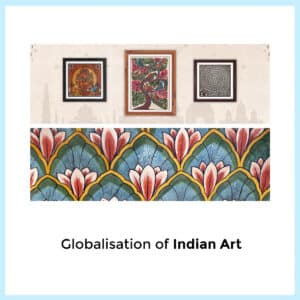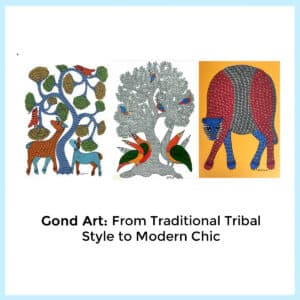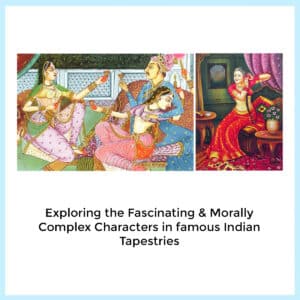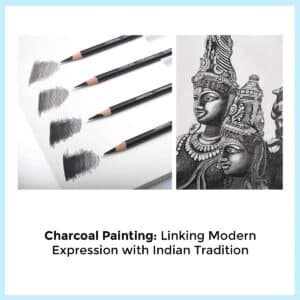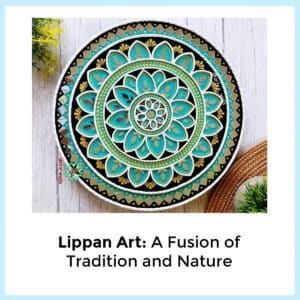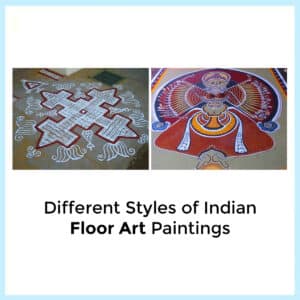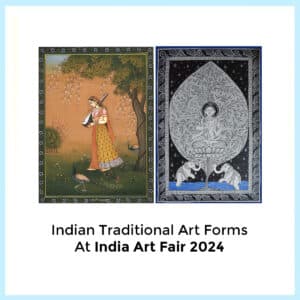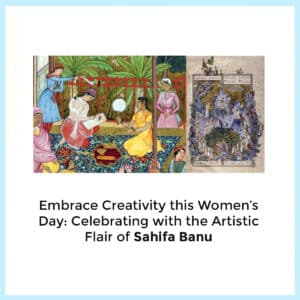India’s Lucknow is where the traditional needlework style known as “Chikankari ” first appeared. It is distinguished by the fine muslin fabric’s beautiful white thread work. Frequently, accessories, home decor, and clothes are all decorated with this embroidery.
BACKGROUND OF CHIKANKARI

Chikankari’s precise ancestry is uncertain, however it is thought that the Mughals brought it to India in the 16th century. The Mughals supported fine art and craftsmanship, and they promoted the growth of this embroidery. The Indian elite adopted the embroidery rapidly, and soon people from all social strata were donning it.
TECHNIQUES FOR CHIKANKARI EMBROIDERY
Over 35 different embroidery designs of this artwork stitch exist, each with a distinctive appearance. Among the most well-liked stitches are:
Bakhiya: This stitch is used to give fabric a shadowed appearance.
Jaali: Openwork designs are made using this stitch.
Keel: Chain-like patterns are made using this stitch.
Phanda: Patterns of flowers and leaves are made using this stitch

This embroidery needlework takes a lot of time and labor to complete. A single piece of fabric may require several weeks or even months to be embroidered. The outcomes, though, are worthwhile waiting for. The world’s most exquisite and delicate stitching may be found in embroidery.
POPULAR DESIGNS
There are many different types of designs used in this embroidery, including:
Flowers Designs: are the most widely used motif in designs. Rose, jasmine, and lotus are a few of the most frequently embroidered flowers.
Paisley patterns: Another well-liked chikankari design motif is the paisley. A curving, teardrop-shaped pattern known as the paisley is frequently connected to Indian art and culture.
Geometric patterns: Chikankari embroidery is also quite popular with geometric patterns. The most typical geometric patterns include the following like circle ,rectangle ,triangle etc.
MODERN CHIKANKARI
Chikankari embroidery is still quite popular today.. People of all ages and from all walks of life wear it. Home décor products like tablecloths, curtains, and cushion covers are frequently made in this embroidery.
Because chikankari stitching is delicate, it must be properly cared for. Here are some pointers like needlework should be hand washed in cold water with mild detergent.Avoid washing or bleaching this embroidery.
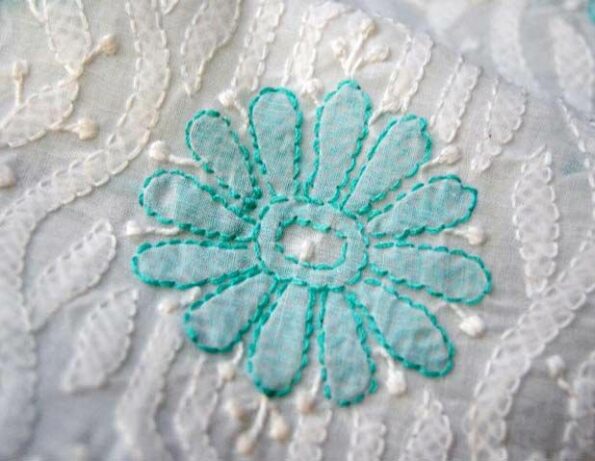
Chikankari embroidery is a stunning and classic type of art. From generation to generation, this delicate and exquisite needlework technique has been passed down. Any garment or piece of home décor can benefit from the elegance and sophistication of chikankari embroidery.




